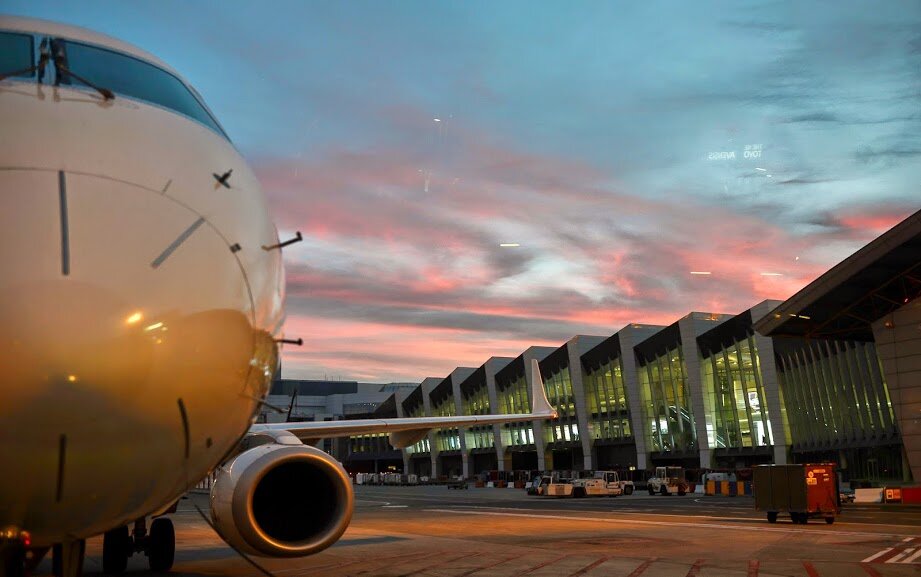Published Articles

Thailand Aviation: What Happened to It?
In our growth markets series, we covered China, Turkey, Australia, Indonesiaand South East Asia Aviation. Today, we take a look at Thailand.Last year, Thai Airways announced it was axing the Bangkok-Los Angeles route, in a move that put an end to 35 years of service to the US. Rome and LAX were two loss-making routes reported to be costing the airline $3 million a year. After a net loss of $445 million in 2014, Thai Airways’ debt skyrocketed to $5.9 billion, the highest among Southeast Asian airlines.
Once admired for its dream of competing with the likes of Singapore to become Southeast Asia’s global hub, Thailand has seen things changing fast. From the delivery of its flag carrier’s first A380 to the red stamp received by ICAO last year, Thailand seems to have lost its edge. Or has it? After all, Thailand’s airports have doubled traffic in six years, and carriers are ramping up with aggressive plans for expansion.

South East Asia Aviation: What You Need to Know
“The liberalization of ASEAN’s aviation sector will be a major catalyst for the region’s economic growth by 2030” - Liow Tiong Lai, Malaysian Minister of Transport
The Malaysian Minister of Transport’s thoughts are backed by strong arguments as aviation plays a vital role in developing business, trade, sales, innovation, investments and tourism, all facilitating economic growth. With South East Asia being one of the most dynamic areas in the world, a boost in tourism and trade should have astonishing effects and bring countless opportunities - and challenges - for all aviation players. Latest news indicate that the Single Aviation Market (SAM) is due to be signed by this year.
